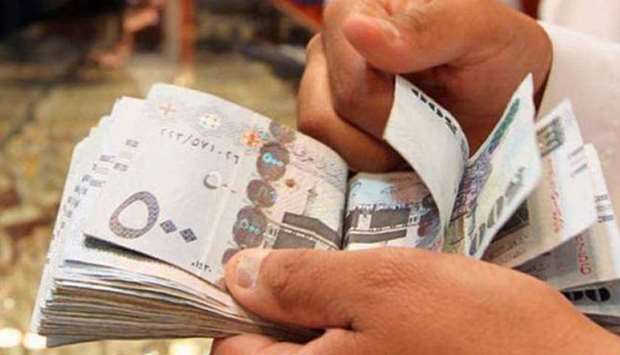Saudi Arabia's foreign reserves resumed falling in July, central bank data showed on Thursday, suggesting the government may remain under pressure to draw them down to cover a budget deficit caused by low oil prices.
Riyadh began liquidating the reserves in late 2014 and they dropped sharply from a record $737bn in August that year. In June 2017, they rose month-on-month for the first time in over a year, prompting speculation that Riyadh might have cut its deficit enough to no longer need cash from the reserves.But Thursday's data showed the central bank's net foreign assets fell by $6.3bn from June to $487bn in July, their lowest level since early 2011. The reserves shrank 12.8% from a year earlier.
The fall occurred despite the government's launch of monthly domestic issues of Islamic bonds in July, which raised 17bn riyals. Riyadh has said it wants to cover the deficit through debt sales as much as possible rather than by running down the reserves.
Riyadh sold foreign securities in July to raise money, the data showed. The central bank's holdings of foreign securities shrank by $4.3bn from June to $333bn, while deposits with banks abroad edged up by almost $1bn to $95bn.
Thursday's central bank data also pointed to a weak Saudi economy. Outstanding bank loans to the private sector shrank from a year earlier for the fifth straight month in July; they fell 1.3%, after a 1.4% drop in June.



